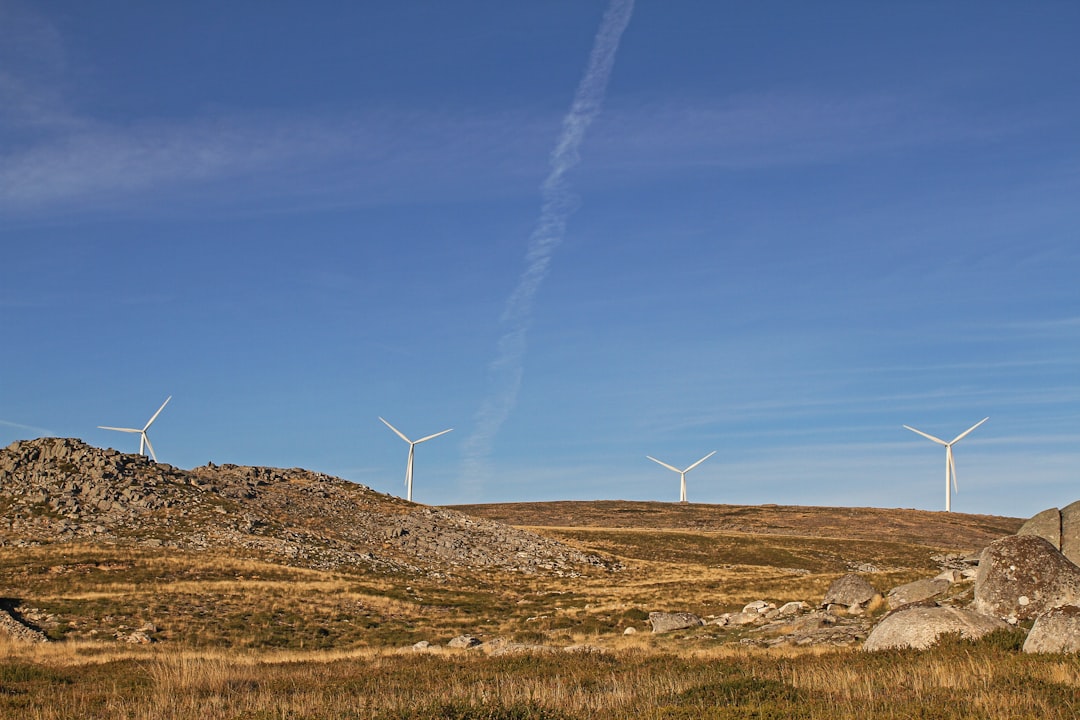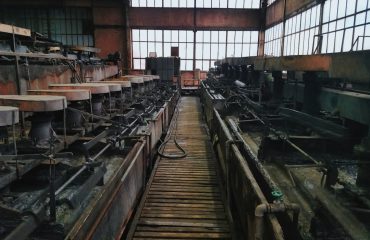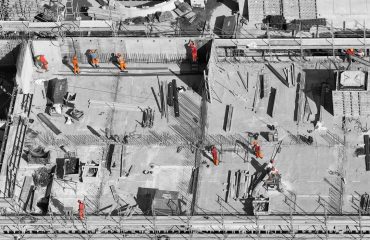body { font-family: sans-serif; line-height: 1.6; }
h1, h2, h3 { color: #333; }
img { max-width: 100%; height: auto; }
Wind turbines, majestic symbols of renewable energy, rely on a complex interplay of components to harness the power of the wind. While the blades themselves capture the wind’s energy, their efficient and safe operation hinges on a robust and reliable support system. This system, often overlooked, is crucial for the turbine’s longevity, performance, and safety. This blog post delves into the intricate world of wind turbine blade support systems, exploring their various aspects and future advancements.
1. The Anatomy of a Wind Turbine Blade Support System
A wind turbine blade support system is far more than just a simple connection. It’s a sophisticated engineering marvel designed to withstand immense forces, both static and dynamic. The system typically includes several key components: the blade root, the pitch bearing, the main bearing, and the nacelle structure. The blade root is the critical interface between the blade and the rest of the turbine. It’s designed to transfer the aerodynamic loads generated by the rotating blade to the hub and ultimately to the tower. The pitch bearing allows for the adjustment of the blade angle (pitch control), crucial for optimizing energy capture and protecting the turbine during high winds. The main bearing supports the entire rotating assembly, including the hub, blades, and gearbox, while the nacelle structure houses these components and provides further structural support.
The materials used in these components are critical to their performance. High-strength steel alloys, composites like carbon fiber reinforced polymers (CFRP), and advanced polymers are commonly employed to balance strength, weight, and fatigue resistance. The design must account for factors like centrifugal forces, wind loads, and thermal stresses, demanding precise calculations and rigorous testing.
2. Material Selection and its Impact on Performance
The choice of materials significantly impacts the performance and lifespan of the blade support system. Traditional steel has been widely used due to its strength and well-understood properties. However, the increasing demand for larger and more efficient turbines has led to the incorporation of lighter yet equally strong materials. CFRP, for example, offers a superior strength-to-weight ratio, allowing for larger blades that can capture more energy while reducing the overall stress on the support system. This results in improved efficiency and reduced wear and tear.
However, the use of composites presents its own set of challenges. Their manufacturing process is more complex and expensive, and their long-term behavior under cyclic loading requires careful consideration. Ongoing research focuses on developing advanced composite materials with enhanced durability and resistance to fatigue and environmental degradation.
3. Maintenance and Inspection of Blade Support Systems
Regular maintenance and inspection are paramount to ensuring the reliable operation of wind turbine blade support systems. These systems are subjected to harsh environmental conditions, including extreme temperatures, high winds, and exposure to moisture and salt spray. This can lead to corrosion, fatigue, and material degradation, potentially causing catastrophic failure. Therefore, a comprehensive maintenance program is essential.
Inspections typically involve visual checks for signs of damage, wear, or corrosion, as well as non-destructive testing methods such as ultrasonic inspection and radiography to detect internal flaws. Regular lubrication of bearings and other moving parts is crucial to minimize friction and wear. Predictive maintenance techniques, utilizing sensors and data analytics, are becoming increasingly important to optimize maintenance schedules and prevent unexpected failures.
4. Advanced Technologies and Future Innovations
The field of wind turbine blade support systems is constantly evolving. Researchers are exploring new materials and designs to enhance performance, reliability, and cost-effectiveness. Advanced materials like graphene-enhanced composites and self-healing materials hold the potential to significantly improve the durability and lifespan of these systems. Furthermore, innovative manufacturing techniques, such as additive manufacturing (3D printing), are being investigated to produce customized components with complex geometries and optimized performance.
The integration of smart sensors and advanced monitoring systems allows for real-time monitoring of the blade support system’s health and performance. This data can be used to predict potential failures, optimize maintenance schedules, and improve the overall efficiency of the wind turbine.
5. The Role of Blade Support Systems in Turbine Safety
The safety implications of a malfunctioning blade support system are significant. A failure can lead to blade damage, structural failure of the nacelle, and even catastrophic turbine collapse. This poses a serious risk to personnel, property, and the environment. Therefore, the design, manufacturing, and maintenance of these systems are subject to stringent safety regulations and standards. Redundancy and fail-safe mechanisms are often incorporated into the design to mitigate the risk of failure.
Ongoing research and development efforts focus on enhancing the safety and reliability of blade support systems. This includes improved design methodologies, advanced materials, and robust monitoring systems to detect and prevent potential failures before they can occur. The safety of these systems is paramount in ensuring the continued growth and acceptance of wind energy as a clean and sustainable source of power.
In conclusion, wind turbine blade support systems are critical components that ensure the efficient, safe, and reliable operation of wind turbines. Their design, material selection, maintenance, and ongoing innovation are crucial for the future of wind energy.
Tags: Wind Turbine, Blade Support System, Wind Energy, Renewable Energy, Turbine Maintenance




